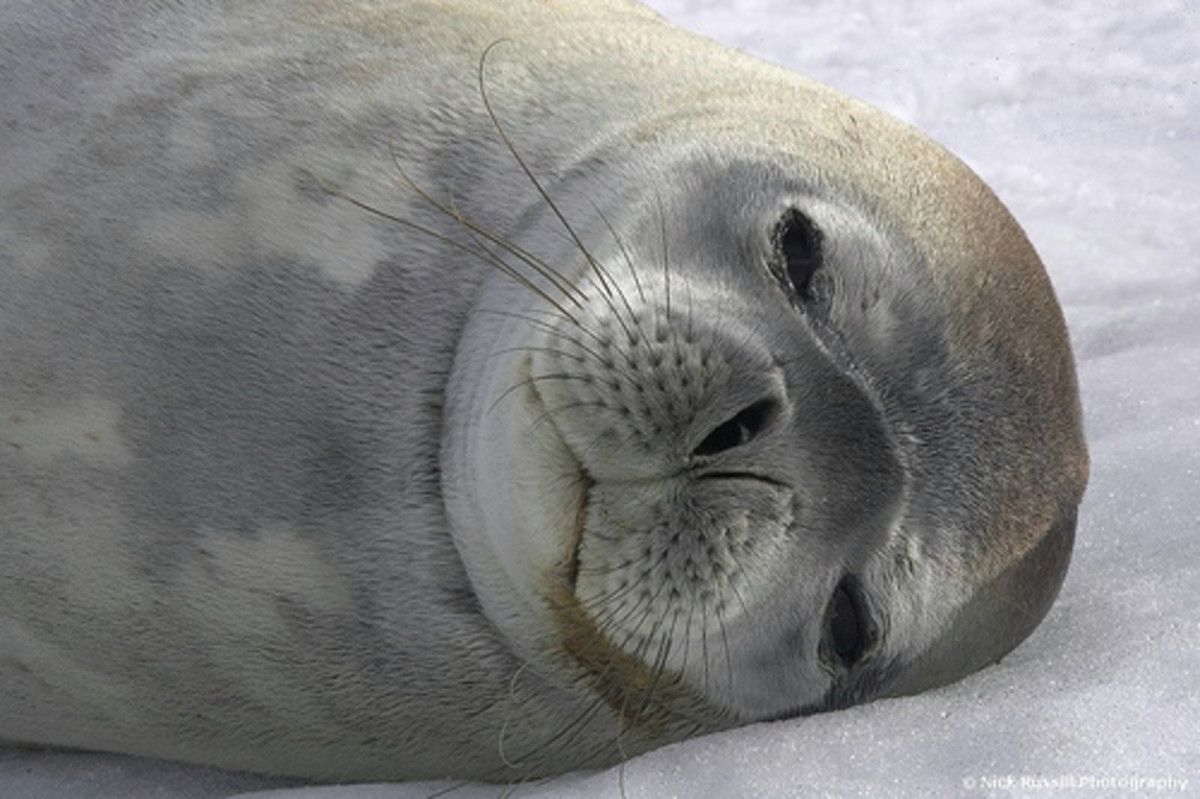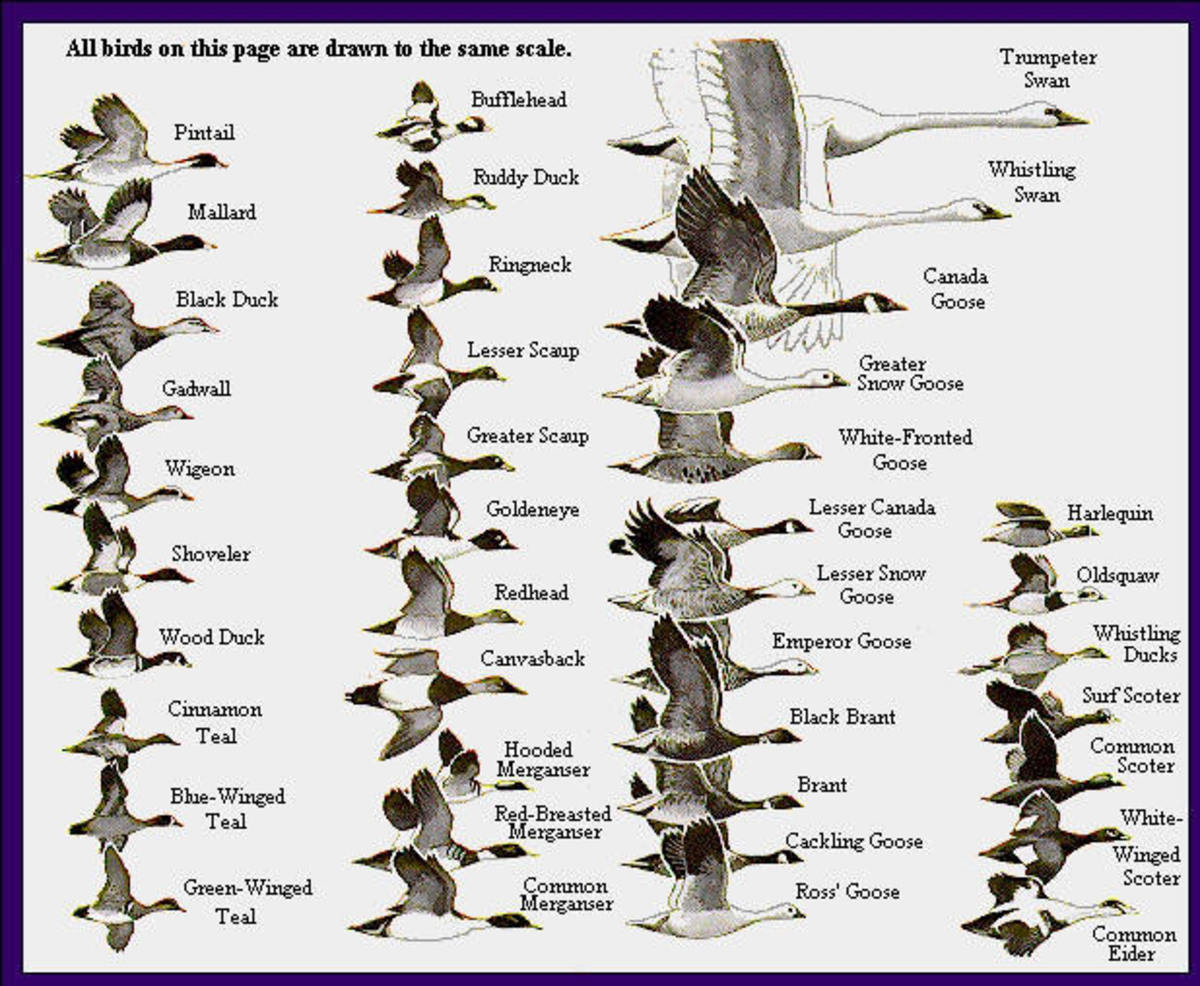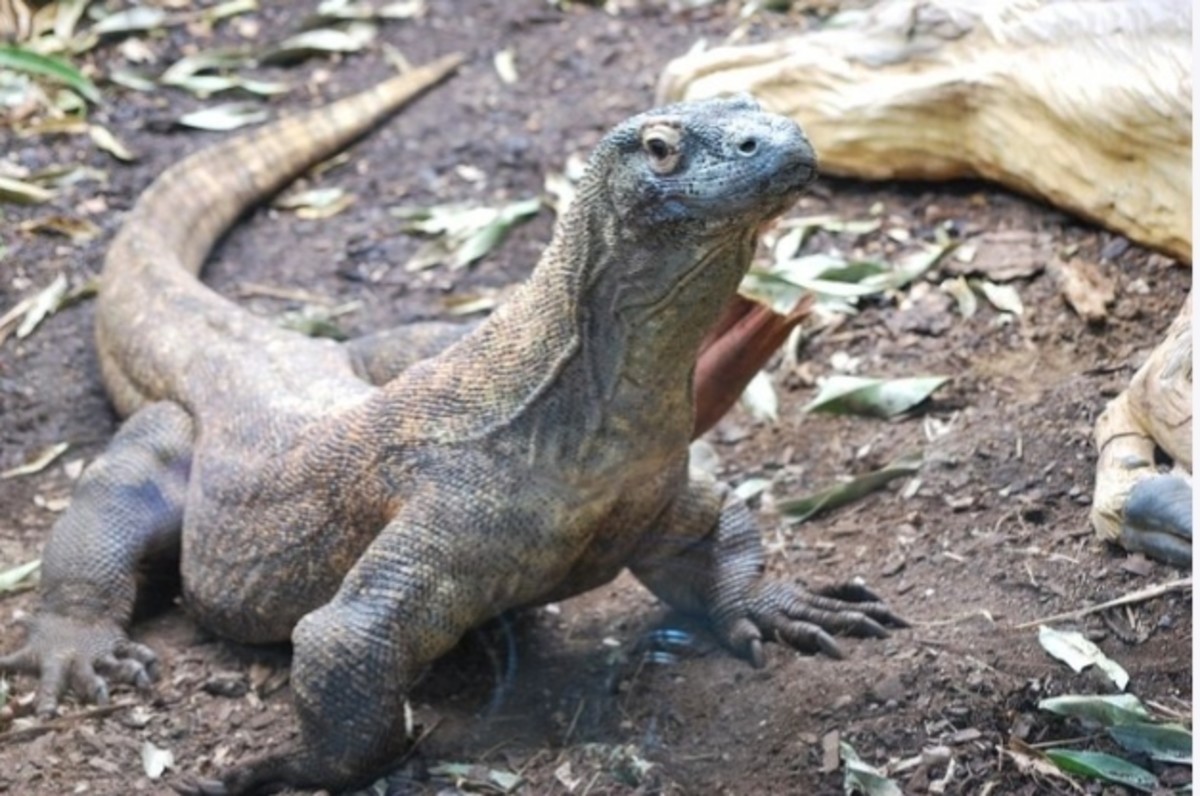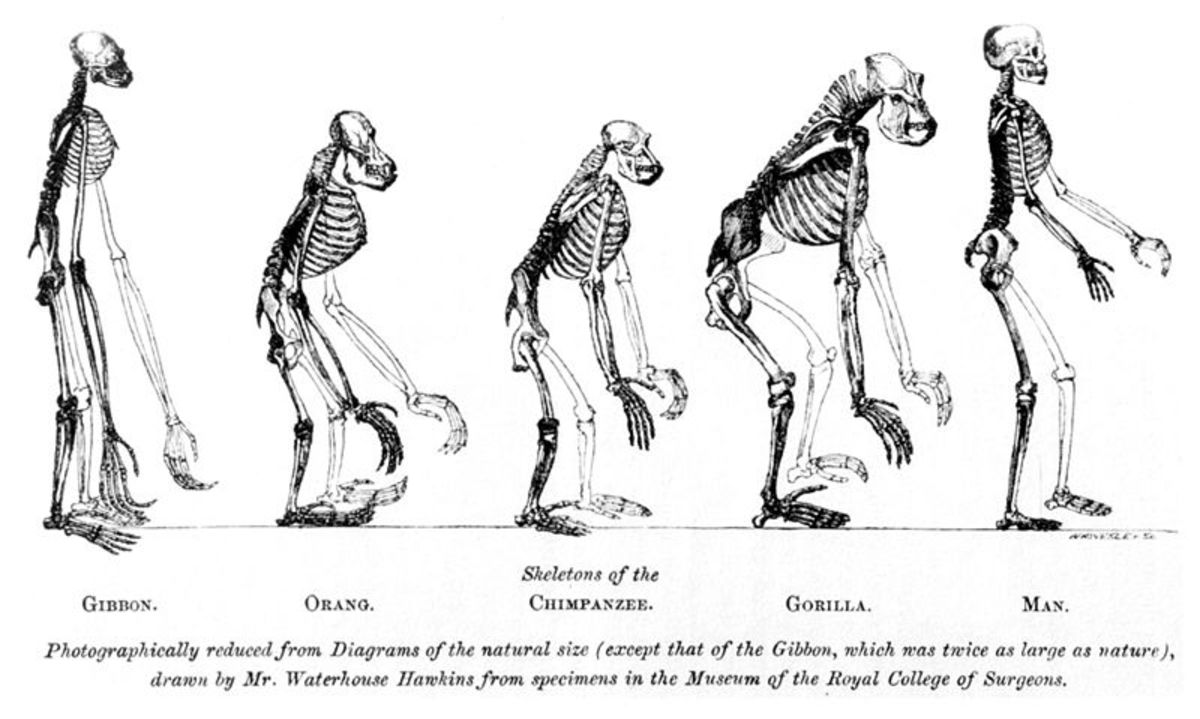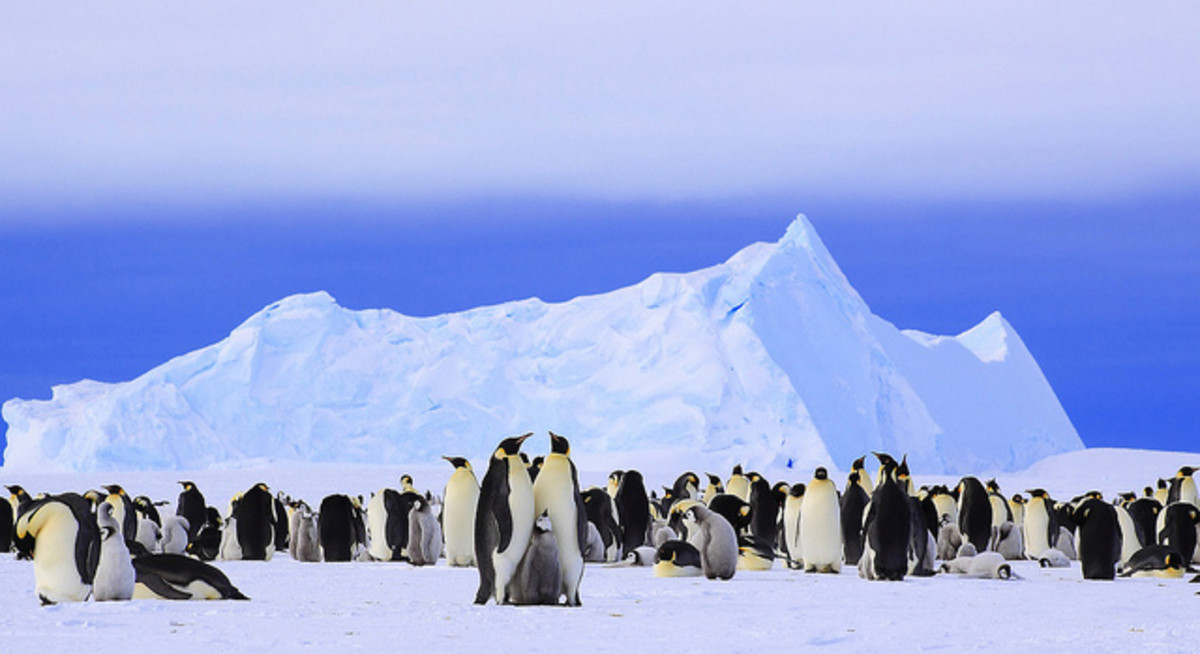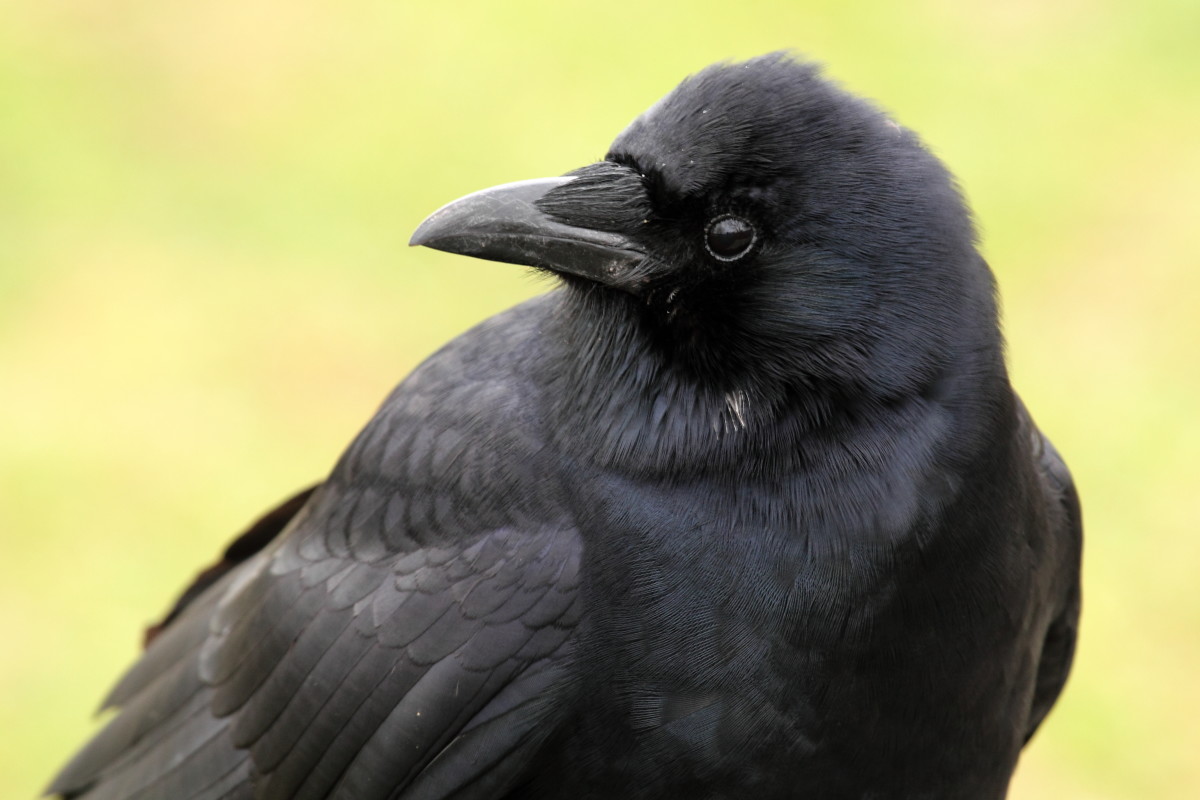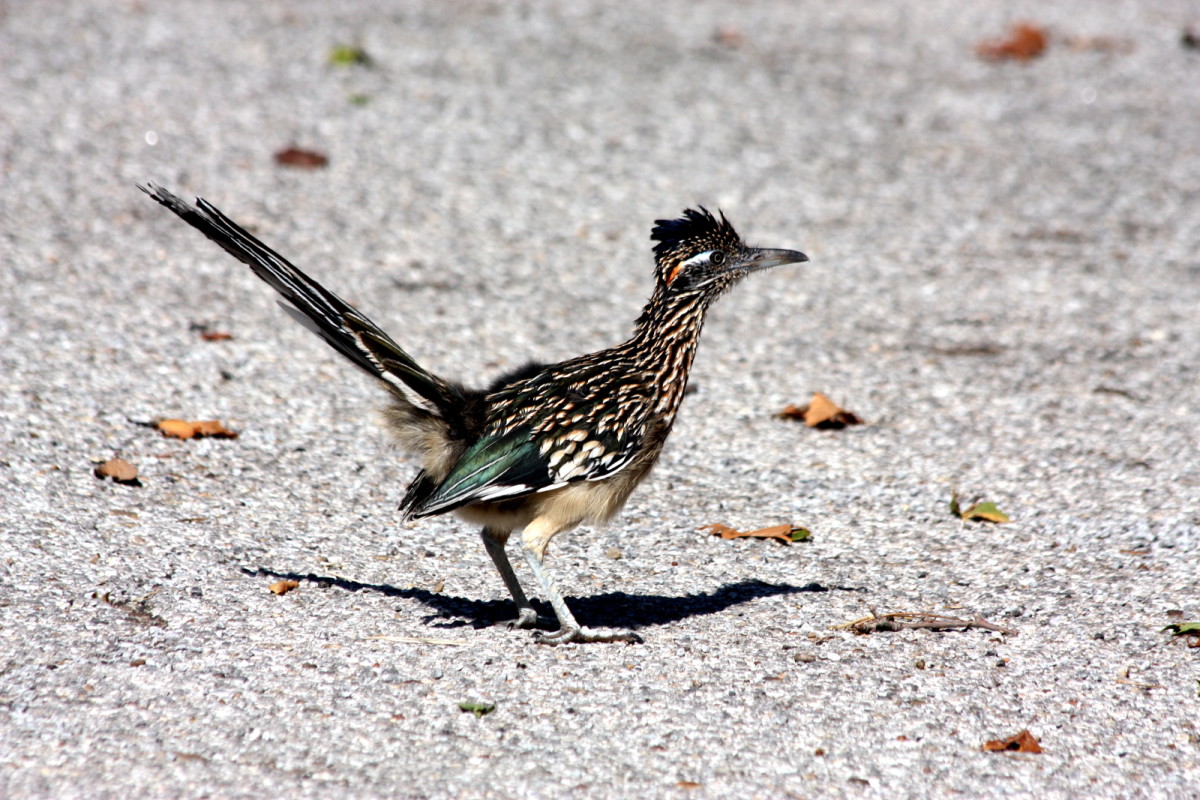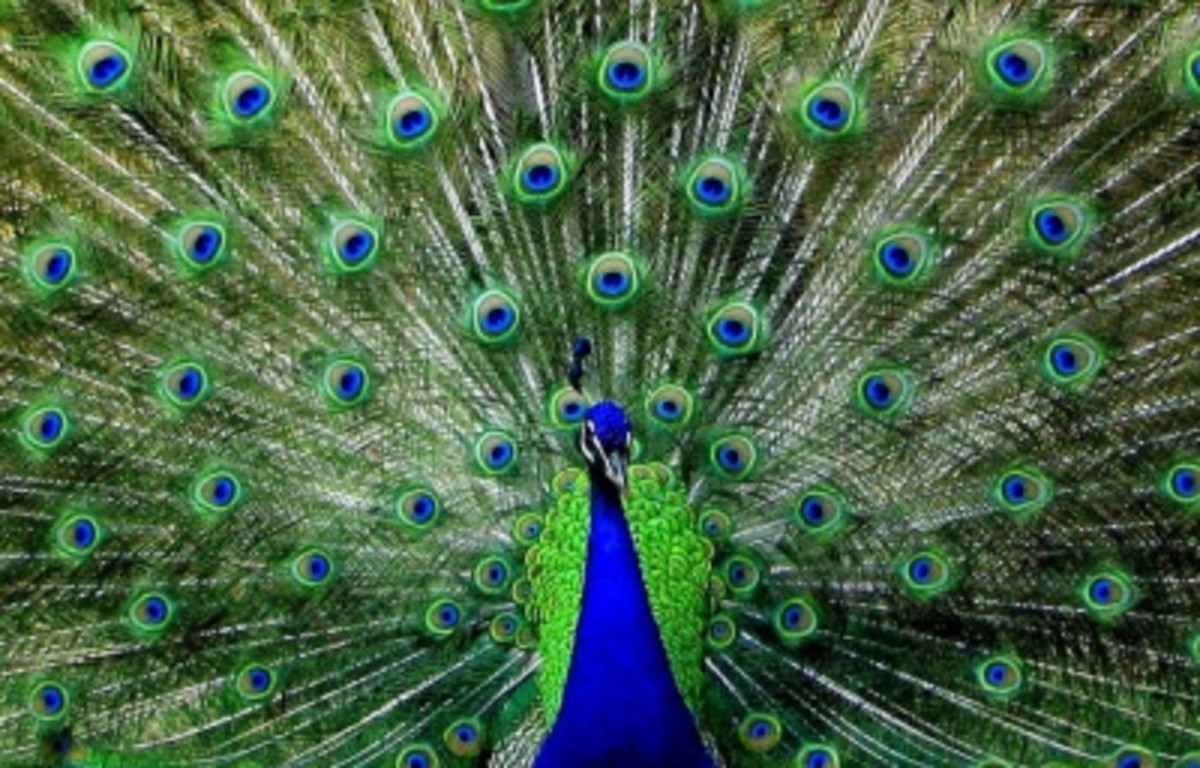Penguins: Where and How They Live
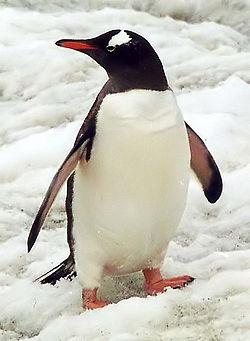
Penguins: Where and How They Live
Penguins are amazing and naturally lovable creatures. There are many characteristics that make this species so adorable. Is it their tuxedo like appearance or there playful personalities that people grow to love? Maybe it is actually how unique this animal is to its own family of birds. Although this animal is admired by millions, it is very commonly misunderstood. Penguins have survived millions of years and natural selection has proved to help them to survive in their extreme environments throughout the southern hemisphere.
Penguins live in many areas of the world which is a common misconception of these animals. With seventeen different species of penguins, how can they thrive in the same location? Penguins live in regions south of the equator, meaning that people only half way have this one right. The most common falsity is that there are actually only seven species of penguins that live in the cold and icy biome of the Antarctic. Only two of these species actually live there, permanently, their entire lives. Most species live in the moderate temperatures of the sub-Antarctic regions of the world.
Penguins are considered to be birds, but with one major difference; every species of penguin is flightless. All seventeen species do not fly, yet they have wings and are still considered to be birds. Penguins’ ancestry dates back to the age of the dinosaurs, but their adaptations and natural selection occurred the same time that dinosaurs and many sea-bound reptiles went extinct. Natural selection optimized their body shapes, modified their wing structure, legs, and feet; it even altered the design and distribution of their feathers to adapt to sea life. The skeleton of a penguin is easy to recognize, as well as the bones of their wings. They are shorter than usual wing bones of birds and many of them are fused together, all of them are heavy and solid, which means that they don’t have air spaces like the aerial sea birds. The structure of their bones makes them less buoyant which in turn makes it easier to dive and a more efficient paddle. Their chest cages also differ from aerial sea birds allowing for great muscular power in both the down stroke and the upstroke while swimming. In aerial sea birds their upstroke isn’t powerful at all, but in penguins this stroke is greatly needed underwater. Another interesting fact about the skeletal structure of the penguin is the location of their legs. They are placed as far back as possible so that they trail behind the body while swimming with the least amount of drag but also to help with steering while diving and swimming. Their feathers are also tremendously different than aerial birds. Feathers cover every inch of the body, excluding their feet and beak. With up to eighty feathers per square inch this triples the amount of feathers any other bird has. This adaption helps produce windproof outer shell that provides insulation on land and to keep cold water from seeping in through to their skin and draining the heat from its body while swimming.
Each of these adaptations is what makes it easy for penguins to survive in the harsh environments of Antarctica and the more moderate climates of the sub-Antarctic, but most of all to survive, and thrive in the ocean. Penguins range from living in the harsh environment of Antarctica to the heat of the environment as far north as the Galapagos Islands. The climate near the Galapagos Islands takes water temperatures as high as 28 degrees Celsius and the heat from the sun making the temperature of their feathers as high as 51 degrees C. In the harsh climates of Antarctica penguins survive in temperatures as cold as negative 60 degrees C, and endure winds of up to one hundred twenty five miles an hour with waters always close to freezing temperatures. The average rainfall in the Galapagos Islands is 250cm whereas the average rainfall (actually snowfall, there is no actual “rainfall” in the Polar Regions) is about 5cm. These temperatures and rainfalls are only for the two extremes of the environments that penguin species endure. Penguins live in a variety of biomes including the biomes of the Arctic and the climate changes of El Nino in the Galapagos Islands. This proves just how unique and well adapted these birds have become to their sea life.
The following is a list of all seventeen species of penguins and their general location. This list includes their common names and their scientific name and can be found on page 35 of The Total Penguin:
Common Name (Scientific Name) – Location
Rockhopper (Eudyptes chrysocome) – islands throughout the circumpolar Antarctic
Fiorland (Eudyptes pachyrhynchus) – southwestern coast of the couth island of New Zealand
Snares (Eudyptes robustus) – The Snares (islands 124 miles south of New Zealand)
Erest-crested (Eudyptes sclateri) – islands southeast of New Zealand the Antipodes and Bounty Islands
Macaroni (Eudyptes chrysolophus) – South Atlantic and Indian Oceans and Antarctic Peninsula
Royal (Eudyptes schlegeli) – Australian island of Macquarie
Magellanic (Spheniscus magellanicus) – southern tip of South America on both coasts up to 42 degrees south latitude
Humboldt (Spheniscus humboldti) – coastland and offshore islands of Chile and Peru
Galapagos (Spheniscus mandiculus) – Galapagos Islands
African or Jackass (Spheniscus demersus) – inshore islands along the coast of South Africa (only African species)
Adelie (Pygoscelis adeliae) – Antarctica (the species most people mistake all penguins for)
Chinstrap (Pygoscelis antarctica) – Islands of the Scotia Arc, mainly the South Sandwich Islands
Gentoo (Pygoscelis papua) – most of the subantarctic islands from the Falklands east to Macquarie
King (Aptenodytes patagonicus) – subantarctic, from Cape Horn to Macquarie
Emperor (Aptenodytes forsteri) - Antarctic coast sometimes never touching actual land in a lifetime
Yellow-eyed (Megadyptes antipodes) – Stewart, Auckland, and Campbell Islands and southeast coast of New Zealand
Little or Fairy (Eudyptula minor) – around the entire perimeter of New Zealand and southern coast of Australia
In conclusion, penguins truly are an amazing creature. With the adaptations over millions of years they have become widely spread along the southern hemisphere of the Earth. Their love of water and playful personalities they have captured the hearts of millions. In 2006, a small budget documentary following the life of an Emperor Penguin grossed $77,437,223 in the box office and even won an Academy Award for Best Documentary. In the end, penguins have survived and thrived for millions of years and have captured the hearts of billions.
References:
Books:
Gorman, James. 1990. The Total Penguin. Prentice Hall Press.
Lynch, Wayne. 2007. Penguins of the World. Firefly Books Ltd.
Roberts, Jordan. 2006. March of the Penguins. National Geographic.


